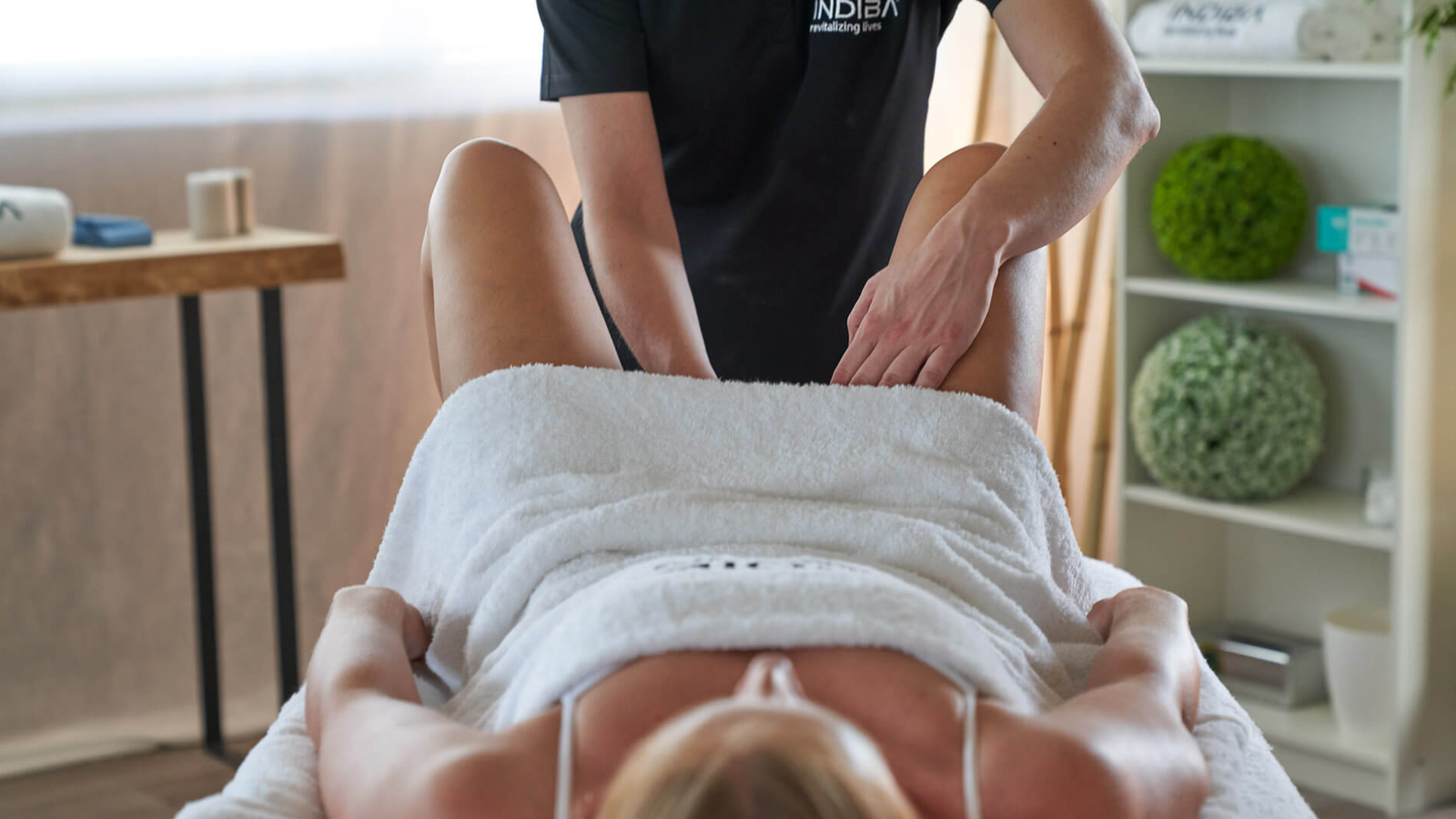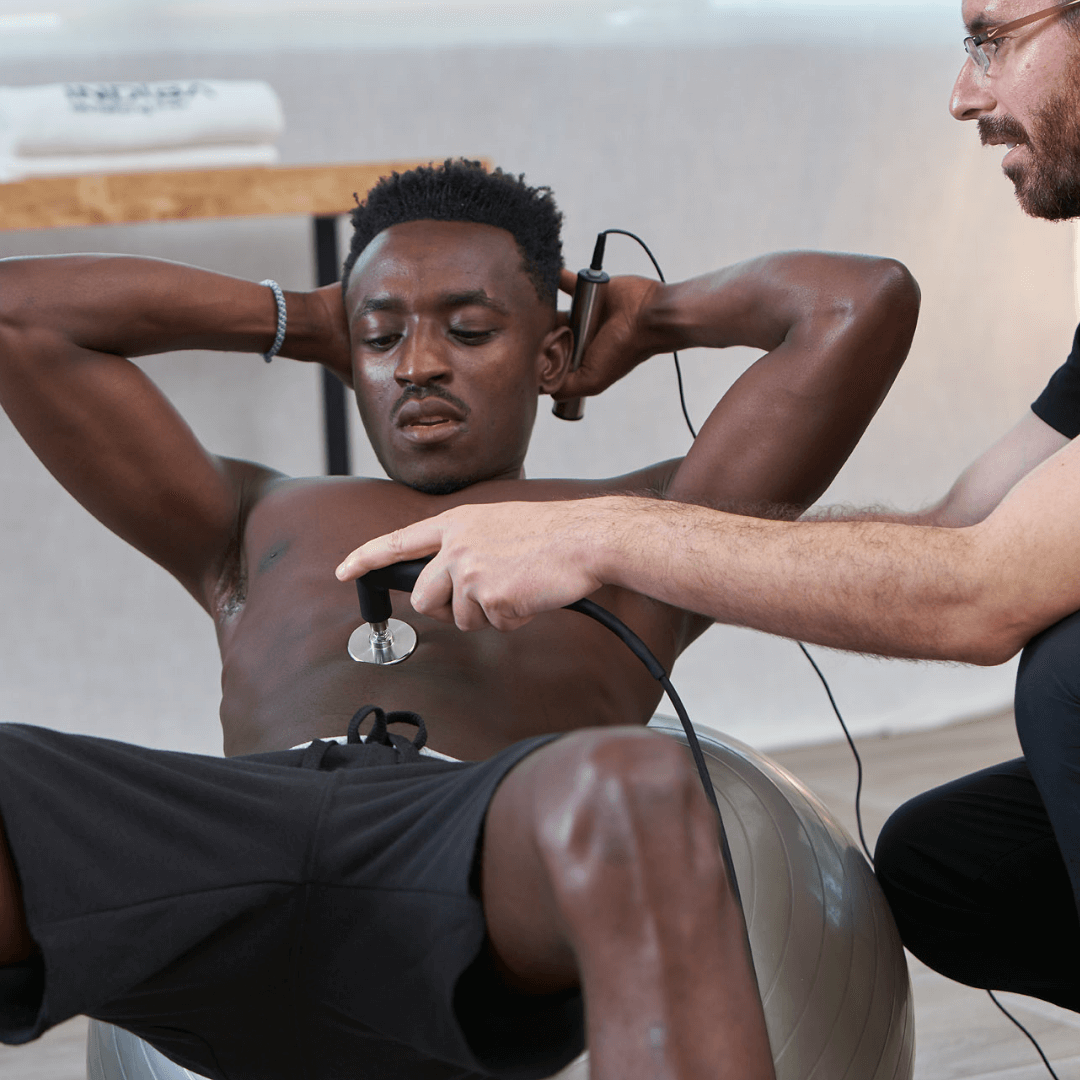Pelvic health is crucial for both men and women. Pelvic dysfunctions lead to common problems that may affect reproductive health, sexual, digestive and urinary functions.
At The Manual Therapy Clinic, we have the only specialists in Scotland trained in radiofrequency therapy INDIBA®, the most advanced medical technology.
What is it?
Radiofrequency therapies such as those provided by INDIBA® can achieve incredible results on their own, or when paired with manual therapies.
RF therapy can be used to treat a broad range of pelvic health issues including:
- Inflammation
- Chronic pelvic pain
- Vaginal dryness
- Anal fissures
- Post-natal recovery
- Episiotomy recovery
- Prostatic inflammation
- Hypertonic pelvic floor
- Erectile dysfunction (vascular)
- Genitalia fibrosis
- And more…

How does it work?
It encourages the accelerated healing of tissue, reduces pain/disconfort, reduces swelling, and increases blood flow to the aplied area which hydrates it, leading to the returning of full functionality quicker. RF therapy can be used to treat acute, sub-acute, and chronic pelvic conditions, making them effective for patients with long-suffering issues and short term problems.
Benefits
- Non invasive
- Versatile
- No downtime
- Powerful
- Painless
- Stimulated metabolic processes
- Reduces inflammation
- Increases blood flow
- Improves manual therapy results
- Highly evidenced based

What to expect?
During your initial appointment, our therapist will request a comprehensive medical history, as well as specialist referral or diagnosis in some specific dysfunctions.
This is crucial to ensure that there are no contraindications before proceeding with the treatment. INDIBA® is contraindicated during pregnancy, in patients with electronics implants or pacemakers, and in case of thrombophlebitis.

Medical and Physical Health History

Written Statement

INDIBA® RF Treatment and Follow-up Plan

1
Medical and Physical Health History

2
Written Statement

3
INDIBA® RF Treatment and Follow-up Plan
